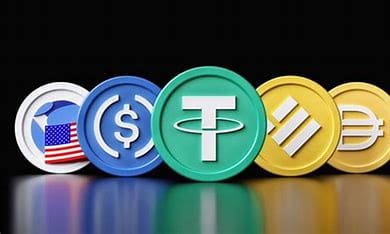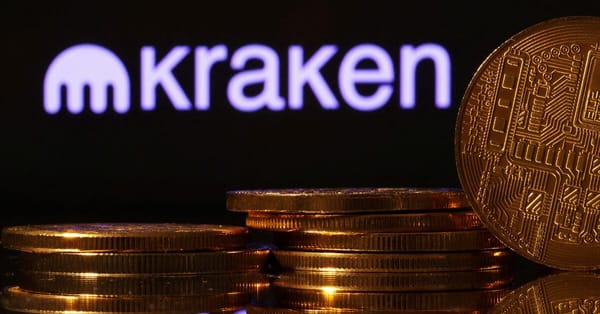Understanding Stablecoins Amid Legislative Developments

Stablecoins have become a crucial component of the cryptocurrency market, offering a bridge between traditional finance and digital assets. These cryptocurrencies are typically pegged to the U.S. dollar, ensuring price stability compared to volatile assets like Bitcoin. With a total market capitalization reaching $235 billion in 2025, stablecoins are widely used for international transactions, remittances, and financial inclusion. Major players in the space include USDT (Tether) and USDC (Circle), each backed by fiat reserves or equivalent assets. However, concerns over transparency and regulatory oversight have led to increasing scrutiny from governments worldwide.
In response to the rapid adoption of stablecoins, U.S. lawmakers are pushing for clearer regulations. The STABLE Act and the GENIUS Act are two key legislative efforts aiming to establish reserve requirements and enforce stricter oversight of issuers. Proponents argue that regulation will help legitimize stablecoins, integrating them into mainstream finance while reducing risks associated with unregulated issuers. However, critics worry that heavy-handed regulation could stifle innovation and centralize control over digital assets, contradicting the decentralized principles of cryptocurrency.
Adding to the political debate, former President Donald Trump has expressed strong support for stablecoin regulation, with some analysts pointing to his financial and political ties to the crypto industry. While supporters see his stance as a push for financial modernization, critics argue that conflicts of interest could influence policy decisions. Regardless of the political dynamics, the evolving regulatory landscape will play a crucial role in shaping the future of stablecoins, determining whether they remain a tool for financial empowerment or become restricted under stringent government control.




